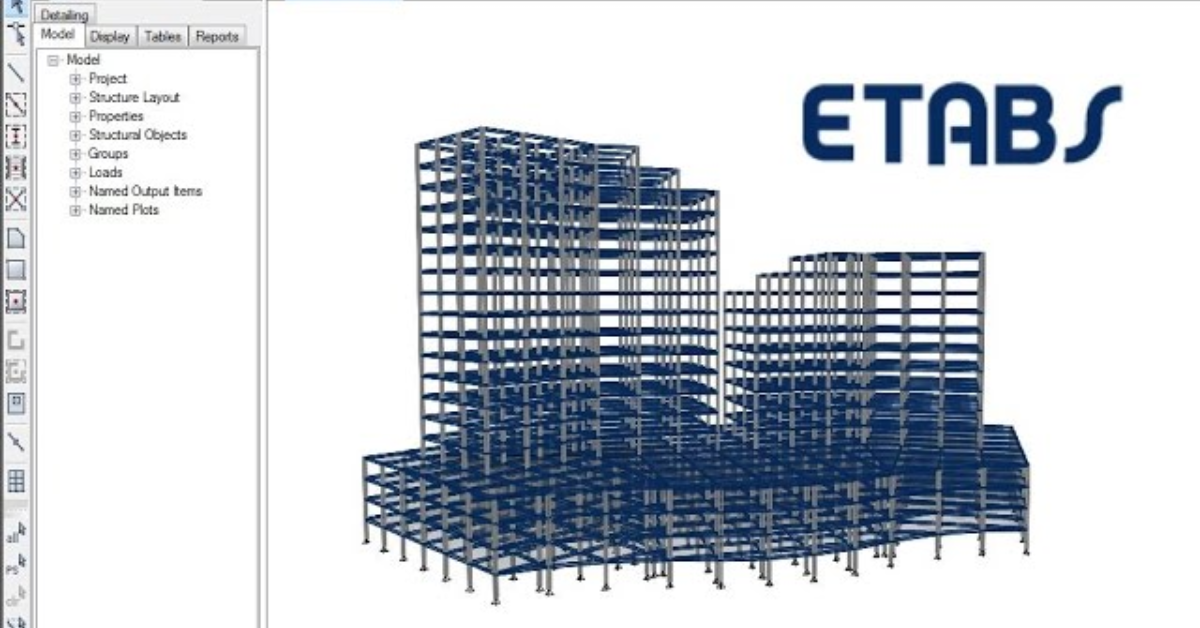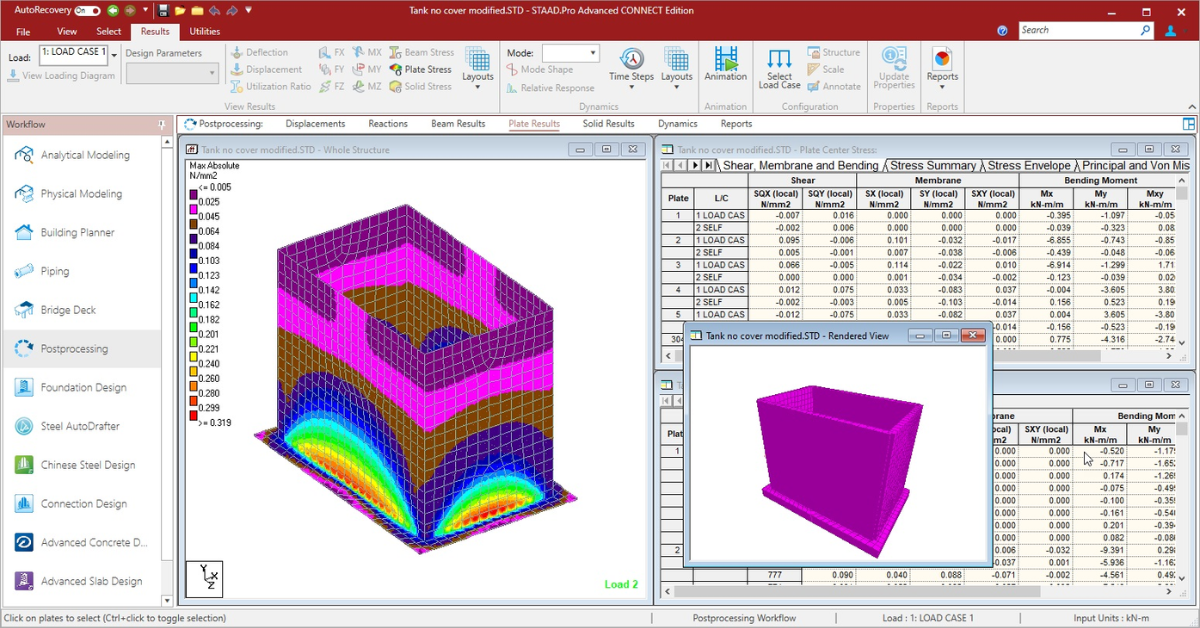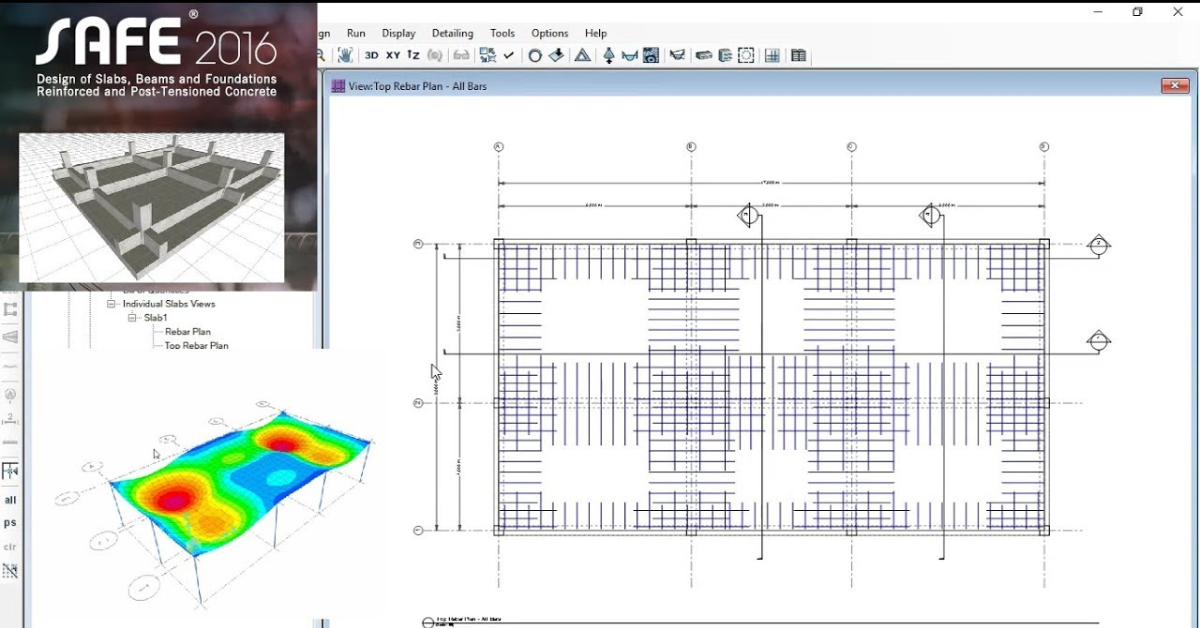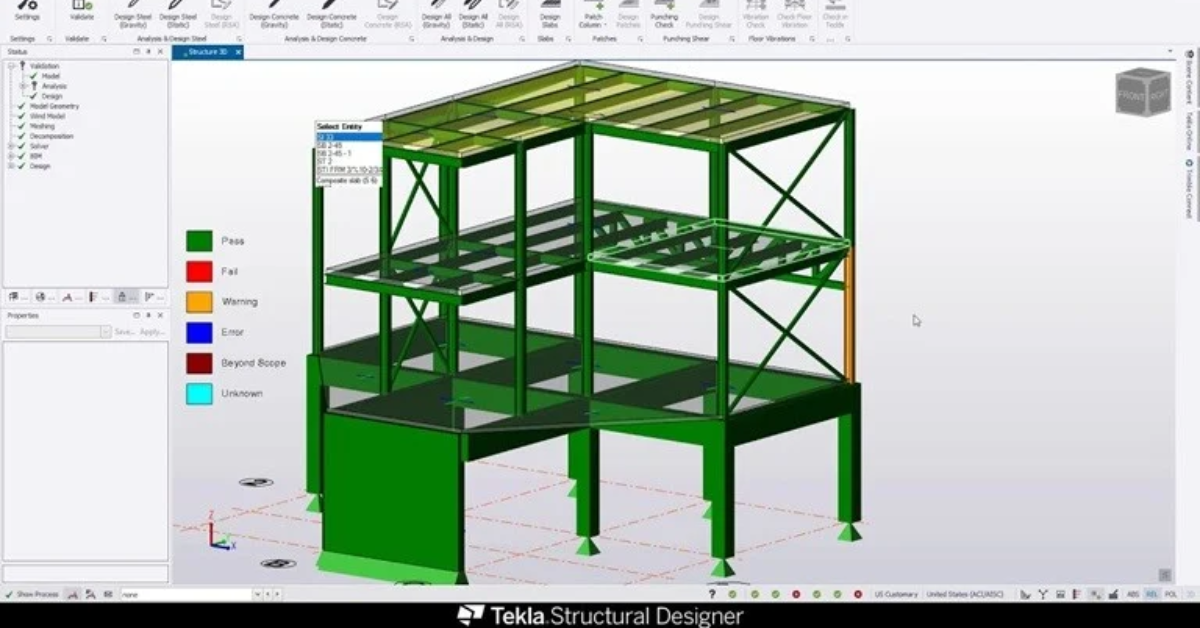Best Engineering Courses for Civil Engineers Planning to Work Abroad [2026]
If you're a civil engineer who dream to make your career on the global platform, selecting the top engineering courses for civil engineers planning to work abroad would definitely increase your possibilities. Global firms need experts in advanced tools such as Revit, BIM, ETABS, STAAD.Pro, Civil 3D and modern project management system.
Additionally these abroad jobs courses make certain you stand out from the other job applicants. In this guide, we outline the best certifications for staying relevant, industry trends, salary expectations, and the countries looking for civil engineers in 2026.
Why Consider Working Abroad as a Civil Engineer?
Civil engineer is the most globally employable profession. Countries like Canada, Australia, Germany, UAE, Singapore, UK etc are in need of skilled engineers as they have growing investments in infrastructure. Also, working abroad provides you with high salary abroad jobs, international standards, cross cultural experience, and long term career advancement.

Most of the Indian civil engineers migrate as the international positions provide them with a defined career path based on more recent and modern technologies and project exposure of higher quality. In addition, you also get practical exposure to world class green building, smart city and sustainability engineering concepts which are hot skills sought after globally.
How Specialized Courses for Civil Engineers Help in Abroad Jobs
Specialized classes enable civil engineers to develop the skills on a global level that are required to meet the standards of international jobs. They provide you with in-depth software knowledge and training that make you ready for the industry and that is required by the employers abroad.
1. Specialized courses provide the software for civil engineers to enhance their technical skills as per international standards making them competitive globally.
2. Most of the foreign companies require the candidate to be certified in tools like BIM, Revit, Tekla, ETABS, SAFE, STAAD.Pro, Civil CAD etc, because these are tools are essential part of modern construction industry.
3. By earning international certification, it shows that you have been trained to the standards of those followed by the big players.
4. These programs train you for interviews, technical exams and real-time project assignments similar to those of international engineering companies.
5. The professional education enables you also to understand structural codes, sustainability standards, and sophisticated quality systems in other countries.
6. With good software knowledge and the best certification for civil engineers, you can greatly increase your chances of getting shortlisted for good jobs in foreign countries.
7. These modules enable you to excel at the more complex structural, architectural and infrastructure engineering projects that are undertaken by international firms.
In short, having the proper certifications and software knowledge will enhance your profile and increase the chances of getting hired in high quality civil engineering abroad jobs.
Factors to Consider Before Choosing a Civil Software Course
While choosing a job-oriented course, keep the following points in mind for best result:

1. Software Demand in Foreign Countries
Some software like Revit, BIM, ETABS, Civil 3D and Primavera is mandatory in a lot of international companies.
2. Course Curriculum & Practical Training
Select the program which includes live projects and practical structural modelling.
3. Placement Support for Abroad Jobs
There are a few institutes which offer guidance related to visa, interview preparation and tie-ups with international placements.
4. Certification Recognition
Check that the certificate is accepted worldwide.
5. Specialization Preference
If your interest in structural engineering, then STAAD.Pro, SAFE and Tekla software will be essential. For project management positions, Primavera is typically necessary.
In the end, choosing the appropriate training will make you different from thousands of graduates in civil engineering across the world.
Top Engineering Courses for Civil Engineers Planning to Work Abroad in 2026
Here are the top courses that will enhance your chances of getting international opportunities.
1. Building Information Modelling (BIM)
BIM is one of the essential skills for civil engineers to work in digitally driven construction-centric countries. As governments and private industries transition to digital process, BIM skills make your career more marketable. It includes complex modelling, clash detection, coordination, cost calculating and documentation.

Professionals educated in BIM tend to be employed in positions such as BIM Engineer, BIM Coordinator, and BIM Manager. Furthermore, nations like the UK, UAE and Singapore have mandated BIM for large-scale projects. So it means certification in BIM is the best abroad job course in 2026.
2. Revit Architecture & Revit Structure
Revit is the leading software in architectural, structural and MEP design and used by countless professionals worldwide. It enables engineers to accurately model buildings and collaborate with a host of other teams. Getting certified for Revit is a great advantage as overseas companies look for individuals who can work on 3 Dimensional models, design documentation, and construction scheduling.

Apart from that, you can expect higher opportunities in BIM driven job roles through learning Revit. It is also really good for engineers that are planning on going to work in Canada or Europe as Revit is now a requirement for the majority of building projects there.
3. ETABS for Structural Design
ETABS is the most efficient and widely used software tool for high-rise building and complex structure design. Engineers aiming to work in foreign countries should become proficient in ETABS, as global firms demand pet analysis, load calculations, structural stability, and design optimization.

With traditional methods precision was not possible, then use ETABS and directly use international structural codes. Experienced ETABS engineers are selected for work in skyscraper design, commercial building projects and earthquake resistant structures.
4. STAAD.Pro for International Structural Projects
STAAD.Pro is the most widely used software by structural engineers for designing steel, concrete, timber and composite structures around the world. It offers multi-country codes and is therefore ideal for engineers who want to work abroad.

This software allows to analyze loads, design safely, and run realistic simulations. Numerous multinationals cite STAAD.Pro as a must-have skill for structural engineering positions. It is considered as one of the best certification for civil engineers in 2026 because of its global recognition.
5. SAFE for Foundation & Slab Design

SAFE is an application designed specifically for foundation slabs, PT slabs, and structural floors. International engineers must be involved in the design and responsible for the safety and accuracy of the foundation designs and hence it is very useful that these are trained in SAFE. The course allows you to pursue work in commercial construction, residential towers, metro projects and international infrastructure.
6. Civil 3D for Global Infrastructure Projects

Civil 3D is a must for civil engineers who want to work on roads, highways, drainage systems, and land development overseas. Civil 3D is the backbone for infrastructure design in countries such as Australia, Canada, the Middle East, and many more.The software enables engineers to create accurate designs of alignments, surfaces, grading and pipeline systems.
7. Tekla for Steel & Concrete Detailing

Tekla is a standard product for structural steel detailing and is also used for complex modelling and the preparation of fabrication diagrams. Experienced Tekla engineers are also sought after as this software were to support global fabrication standards.
8. Primavera for International Project Management

Primavera is a must for civil engineers who want to focus on project planning and construction management. International firms seek engineers certified in Primavera because the software permits the effective scheduling, use of resources, and analysis of risk.
9. QA QC Engineer Certification

Becoming a QA QC engineer is the best option for civil engineers who want to focus on quality standards. Worldwide companies most of times recruit QA/QC to verify the compliance with building codes.
Career Opportunities After Taking These Courses
Upon successful completion of these internationally recognized technical programs, the civil engineers can apply for many job profiles internationally such as:
1. Structural Engineer- Strong demand for high-rise and infrastructure works in necessity of tools like ETABS, SAFE and STAAD.Pro.
2. BIM Engineer- An international senior position as a result of increasing worldwide construction use of BIM and Revit.
3.Project Engineer- Responsible for technical execution, scheduling and coordination using software tools such as Primavera and Civil 3D.
4.QA QC Engineer- Quality systems, safety regulations, and standards are ensured; favored position in foreign corporations.
5.Infrastructure Design Engineer- Roads, bridges, drainage and urban development projects in Civil 3d and Tekla.
6.Planning Engineer- Manages scheduling, reporting, and resource planning, usually with the need for Primavera knowledge.
7.Civil CAD Technician- Provides for design documentation and detailing utilizing Civil CAD platforms.
8.Tekla Detailer- Prepares steel and concrete detailing models using Tekla, widely needed in abroad.
9.Sustainability Engineering Assistant- Meets with the requirements of the green building and environmental friendly workplan.
10.Site Engineer- Perform the site operation activities with Global Safety and Quality standards
Professionals holding international certifications are more preferable to the employers in foreign lands, and hence certified engineer are given higher priority in recruitments. Engineers who are trained in advanced structural design software and tools used worldwide typically have the opportunity to earn better job offers, higher salaries and a faster career pace than standard civil engineering graduates.
Tips for Civil Engineers Preparing to Work Abroad
To help you land that dream international job, here are a few tips:
1. Develop good expertise in Structural Design software (ETABS, SAFE, STAAD.Pro etc).
2. Strengthen your portfolio by including BIM and Revit work.
3. Earn worldwide recognized certifications.
4. Work on projects or get an internship.
5. Take English proficiency tests if necessary.
6. Check visa regulations for your destination country.
7. Become involved with professional engineering organizations.
Top Countries for Civil Engineers to Work Abroad
The highest-paying countries for civil engineers in 2026 are:
1. Canada – Strong demand in transportation and infrastructure projects.
2. Australia – High salaries and increasing construction industry.
3. Germany – Work in structural engineering and sustainable engineering.
4. UAE & Qatar – Tax-free income and mega projects.
5. Singapore – Advanced BIM adoption and digital construction.
6. UK – Mandatory BIM standards and large infrastructure investments.
Frequently asked questions :
1. Which course is best for civil engineers who want to work abroad?
BIM, Revit, STAAD.Pro, ETABS, Civil 3D, and Primavera are top engineering courses for civil engineers who want to go abroad.
2. What software should civil engineers know to get jobs abroad?
Revit, BIM, STAAD.Pro, ETABS, Tekla, SAFE and Civil CAD software are very popular worldwide.
3. Do I need a master’s degree to work abroad as a civil engineer?
Not necessarily. Many engineers get hired and even with good softwares skills and some internationals certifications.
4. What are the eligibility criteria for taking these courses?
A diploma/degree in civil engineering or relevant disciplines is required for most Institutes.


